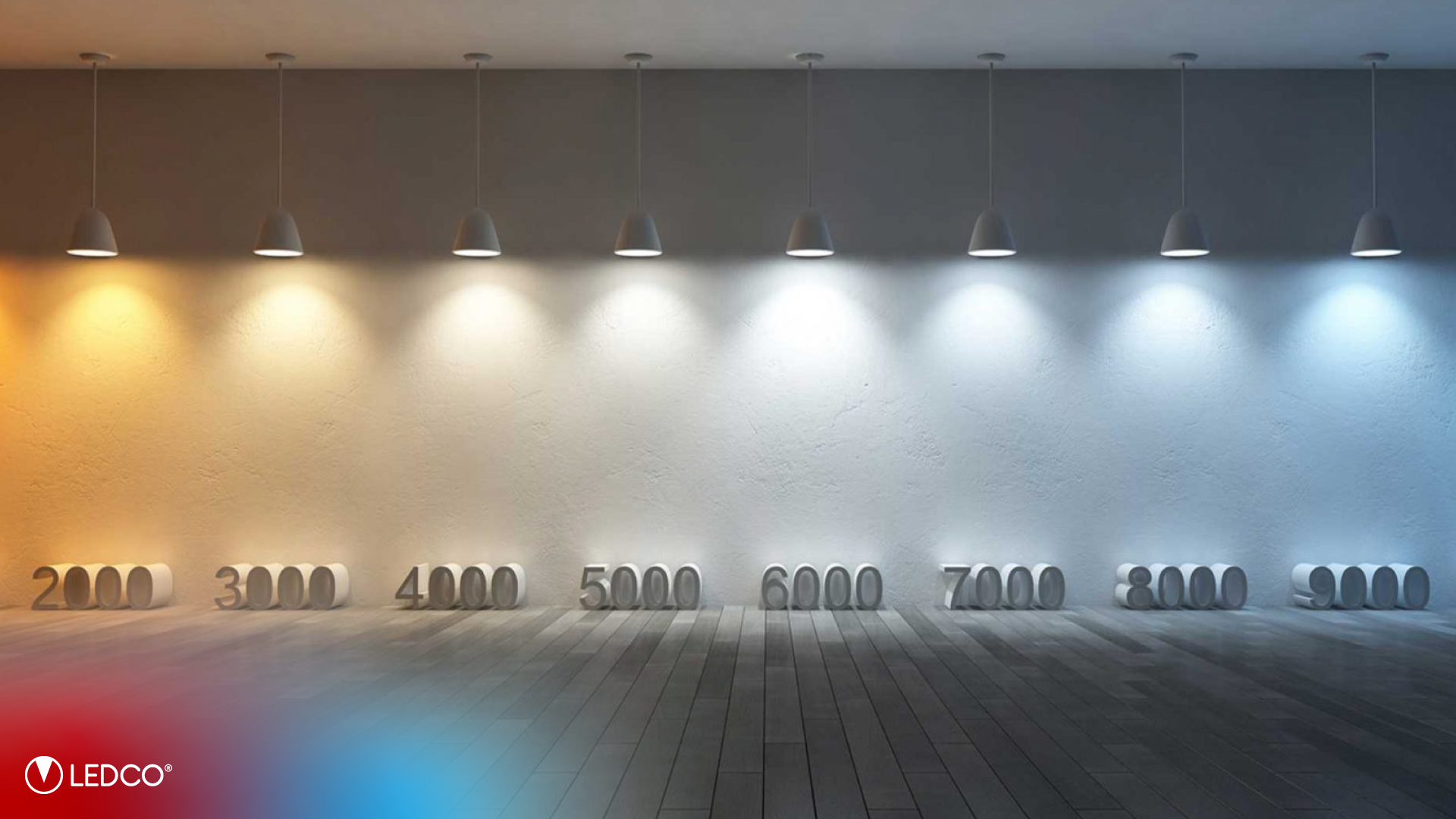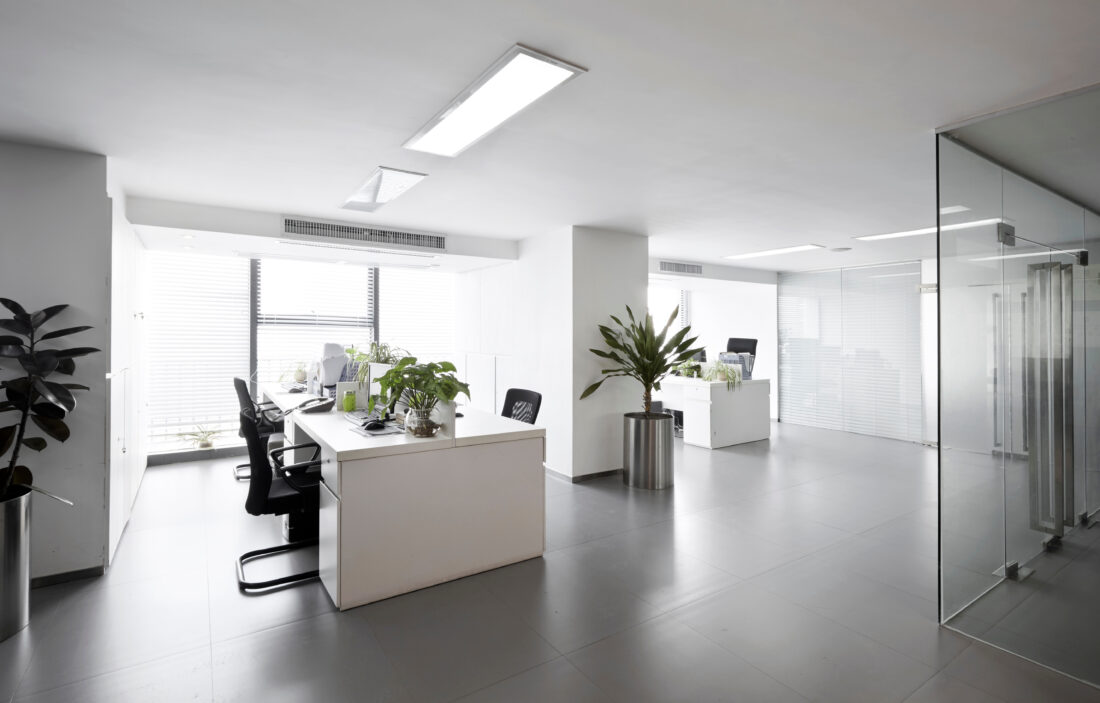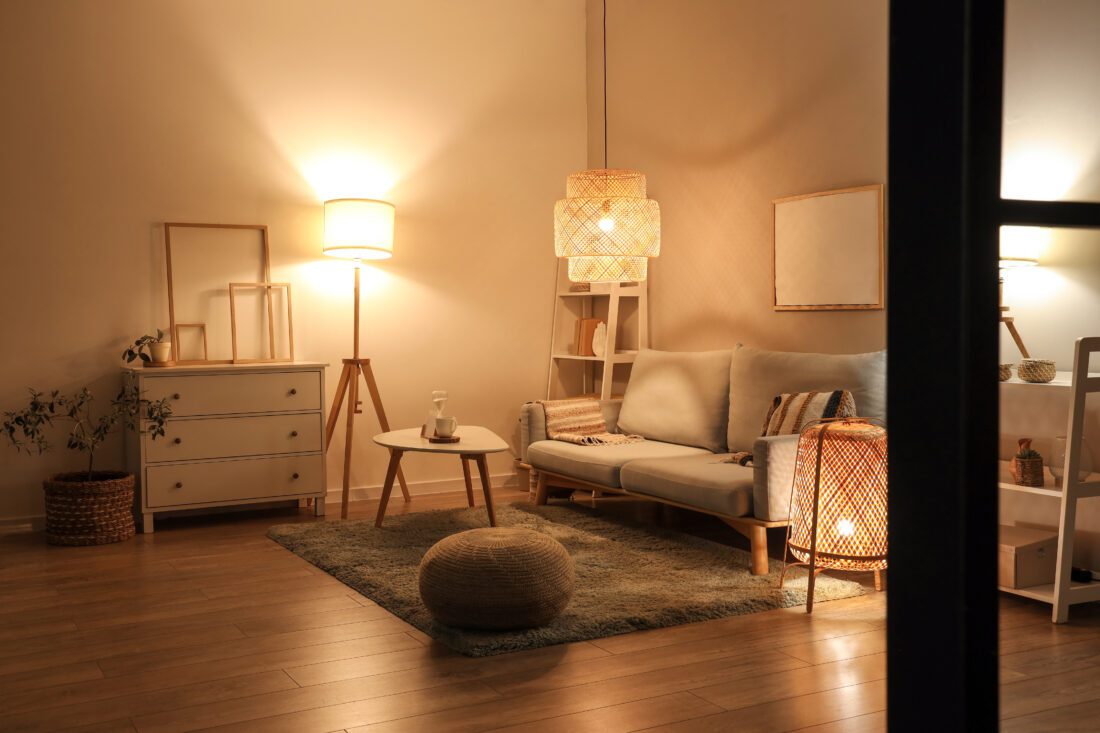

Choosing the wrong color temperature can compromise the harmony of a space. For example, lights that are too cold can make home environments feel unwelcoming, while lights that are too warm can cause eye strain in offices or workspaces. For this reason, carefully choosing the color temperature based on the use and function of the room becomes essential to maximize well-being and productivity.

Imagine a professional studio that, thanks to proper lighting, manages to maintain a refined style and at the same time stimulates concentration and productivity. The use of the ideal color temperature makes the space not only more functional but also more pleasant, offering those who work there an environment that actively supports their well-being. This is how a seemingly simple choice has the power to change the entire experience in a space.

Understanding the relationship between color temperature and atmosphere allows you to create environments in which people immediately feel at ease. Choosing the warm temperature (2700-3000K) for relaxation and residential areas, the neutral temperature (4000K) for convivial spaces and the cold temperature (6000K) for workplaces and studies ensures harmonious and functional lighting.
